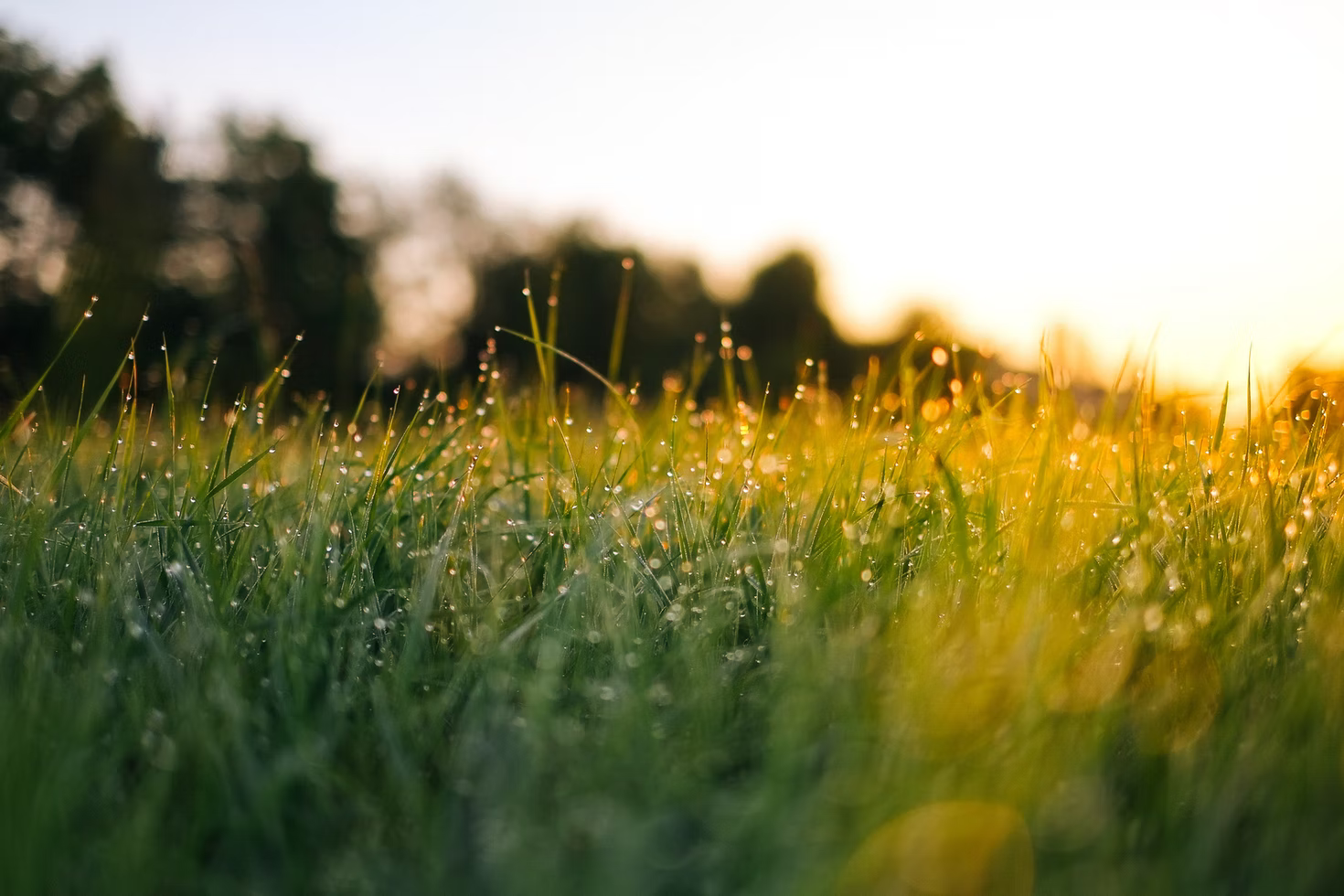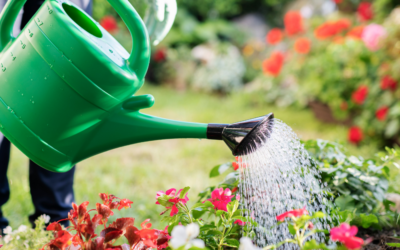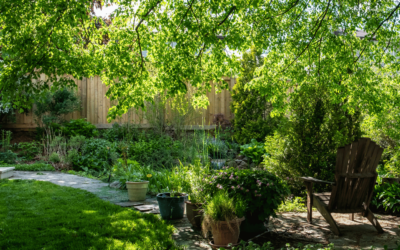Fertilisers are a key component of any lawn care regime to keep your lawn that beautiful deep green, which not only turns your neighbours’ heads but adds significant value to your property. In case that’s not enough, it also plays a big part in making your lawn nice and dense, preventing weeds and helping it fight off insects and disease. Whilst granular lawn fertilisers are the more common method of lawn lovers concentrated liquid lawn fertilisers are quickly becoming the go-to for many lawn lovers, so here’s our how to apply guide.
Measuring your lawn
Measuring your lawn to ensure the right amount of liquid lawn fertiliser is applied is a critical step.
It is worth getting it right so you can avoid reapplying (if you had applied too little) or causing damage by applying too much.
We do love a “Genius Tip” at The Lawn Shed, so don’t run out with your tape measure and try to do try to remember who that Pythagoras guy was. Google Earth is a great tool for measuring your lawn and garden areas (you will need Google Chrome or to download the app).
Simply zoom into your lawn, click on the ruler tool on the left and then click little dots around the edge of your lawn. Once you’ve gone all the way around double click the original dot and you’ve got your lawn size. The more you zoom in, the more accurate you can be.
Calculating your product and water required
It’s not as scary as it sounds, there’s no calculus involved in this one and nothing about pies…
Simply take your lawn size, divide it by 100, then multiply it by your usage rate.
E.g. Lawn Size- 80m2
Lawn Fertiliser rate- 200ml/100m2
80/100= 0.8
0.8 * 200 = 160ml to be applied over the whole lawn
Now you need some water to go with that product. We recommend correctly calibrating your sprayer but if you can’t simply measure out a 100m2 area and see how much water you use. For this example, we have taken 5L as the amount of water used per 100m2. It’s a pretty typical rate for many sprayers.
Again we take our area and divide it by 100 before we times it by our water rate
80/100=0.8
0.8*5L = 4L
4L to be applied over the whole lawn.
So we would end up with a total 4L mix, that’s 3.84L of water, 160ml of product.
Now, the soil is an ever-changing organism so you don’t feel the need to be exact, but use the math to get you in the ballpark.
One last thing before you get spraying
When was the last time you used your sprayer? We’re often so keen to get the job done so we quickly add water and product without taking the time to do a quick pre-check on our sprayer.
Take the time, add a little water and prime (that means pressurise it by pumping) the sprayer. While at full pressure you can check for leaks. Another Lawn Genius Tip is to spray onto some dry concrete, this will give you a good view of the nozzle distribution, not just width but also the quality of the coverage, including any blockages.
Applying the product
Why a high-quality sprayer is a good idea
Last time we looked at sprayers suitable for lawn and garden ranged from about $15 to $300. So it’s fair to say there are some differences in quality and longevity. The money you need to spend on a sprayer will depend on how often you use it, we get it, you need to see the value returned.
Concentrated liquid products like lawn fertilisers, insecticides, herbicides and many more offer far better value for money than ready to use products so we think investing in a great quality sprayer that lasts ends up being cheaper in the not too long term.
As a minimum, we recommend getting a battery sprayer. Batteries continue to improve and what battery sprayers do is maintain consistent pressure, which means consistent water output and consistent product application. We love consistency because we don’t want green and yellow patches in our lawn, right?
As a bit of an add on, because we like to make things easier. If your lawn is on the larger size (lucky you) then a 2-nozzle boom is a great product to help with speed and even application, it cuts the job in half. Just make sure to check for compatibility with the boom and sprayer as it’s important to make sure you have adequate pressure and flow to run an extra nozzle.
Let’s get spraying that liquid lawn fertiliser
Start by doing any odd-shaped areas and perimeter first. It’s a bit like “cutting in” when painting, start with all those awkward areas and then you can fill in the areas not done with a broader approach. Once completed, if you accidentally applied to any paths or any garden plants then give it a quick wash and you’re good.
Watering in
Always follow the label (there’s some good stuff on there), but for our lawn fertiliser range there is no need to water in if the temperature is below 35 degrees. Simply allow to dry and it’s safe to get back out and play.
Hopefully, this article gives you the confidence to get out and give your lawn the liquid feed it needs to up your lawn game. If you have any questions or concerns about what you have read here, don’t hesitate to contact The Lawn Genius to learn more.




